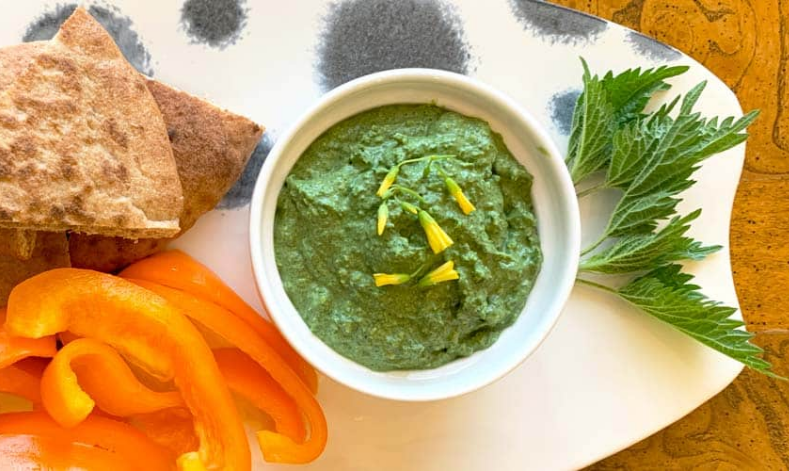|
Getting your Trinity Audio player ready...
|
While the thought of nettles might not immediately spark your taste buds, this humble dish is packed with nutritional goodness and surprising culinary delights. Nettle soup, made from the leaves of the stinging nettle plant, has been enjoyed for centuries due to its potential health benefits and unique flavor profile. Let’s dive into the world of nettle soup and uncover the things you must know about this nutritious and delicious dish.
Nutritional Powerhouse
Nettle leaves are rich in vitamins, minerals, and antioxidants that can benefit your health. They are particularly high in vitamins A and C, iron, calcium, and magnesium. These nutrients contribute to bone health, immune function, and overall vitality. Including nettle soup in your diet can be a flavorful way to boost your nutrient intake.
Potential Health Benefits
Nettle has been used in traditional medicine for its potential health benefits. It’s believed to have anti-inflammatory properties that can help alleviate symptoms of conditions such as arthritis. Additionally, nettle is thought to support urinary tract health and act as a natural diuretic.
Unique Flavor Profile
Despite its reputation for stinging when touched, nettle loses its sting when cooked. The leaves offer a mild, earthy flavor reminiscent of spinach or other leafy greens. When combined with complementary ingredients, nettle soup becomes a comforting and wholesome dish.
Culinary Creativity
Nettle soup is a canvas for culinary creativity. It can be prepared using various recipes that incorporate other ingredients such as potatoes, onions, garlic, and herbs. Some variations even include cream or cheese to enhance the richness and flavor of the soup.
Sustainable Foraging
For those interested in foraging, nettle is a readily available and sustainable plant. However, it’s important to wear gloves and use caution while harvesting to avoid the sting. Choose young and tender nettle leaves for the best flavor and texture.
Cooking Tips
To prepare nettle leaves for soup, blanch them in boiling water for a minute or two to neutralize the stinging hairs. After blanching, the leaves can be used like any other leafy green in recipes. Keep in mind that the flavor of nettle pairs well with ingredients like leeks, potatoes, and garlic.
A Taste of Tradition
Nettle soup has historical roots in various cultures. In some European cuisines, nettle soup was a springtime delicacy due to its availability and potential health benefits after the winter months. Exploring these culinary traditions can provide insight into the cultural significance of nettle soup.
Dietary Considerations
While nettle soup is generally safe for most people when prepared properly, individuals with allergies to plants like nettle or certain medications should exercise caution. It’s recommended to consult a healthcare professional if you have concerns about incorporating nettle into your diet.
Conclusion
Nettle soup is more than just a humble dish – it’s a nutritional powerhouse and a culinary adventure waiting to be explored. With its potential health benefits, unique flavor, and historical significance, nettle soup offers a truly delightful dining experience. So, why not embrace the culinary curiosity within you and give nettls a try? You might just discover a newfound appreciation for this nourishing and flavorful concoction.




